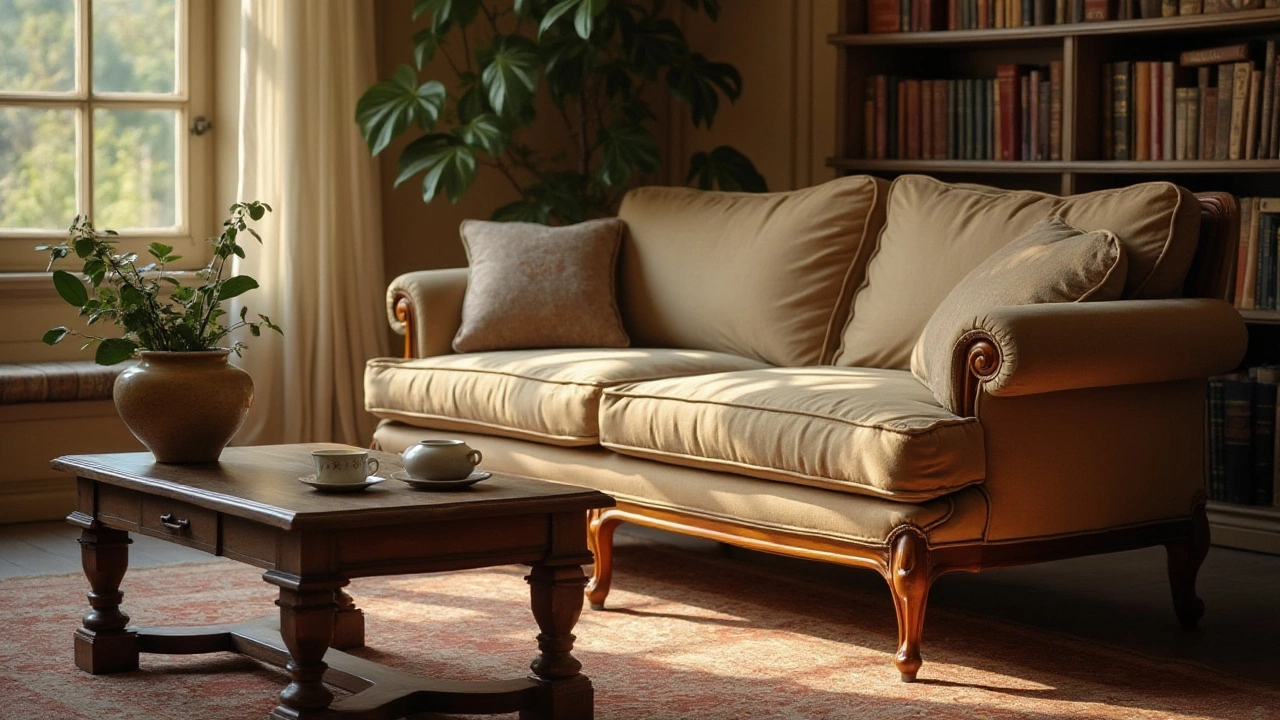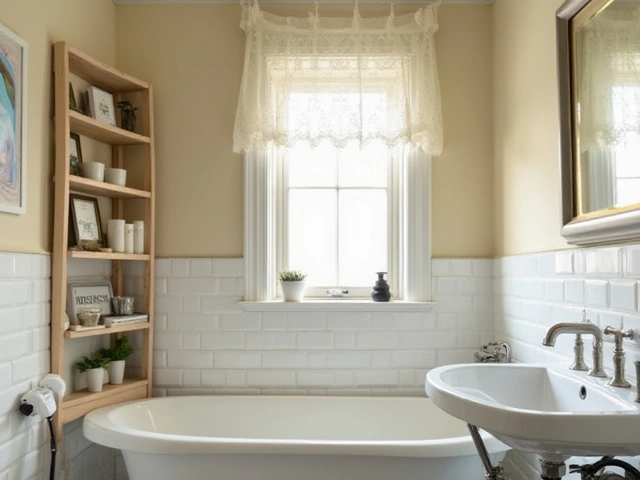Long-Lasting Couches: The Simple Guide to Buying a Sofa That Stays Strong
We all want a sofa that looks good after a few months, not just a few weeks. The trick is to focus on the parts that wear out first and choose materials that can handle daily life. Below you’ll find the easy steps to spot a couch that will last.
What Makes a Couch Last?
The heart of any sofa is its frame. Solid hardwood – oak, maple or ash – is the gold standard. Avoid cheap particle board; it can bow or crack when you sit down. Look for tenons, dowels or metal brackets that connect the legs to the frame. Those joints keep the couch sturdy.
Next up are the springs. Eight‑way hand‑tied springs are the most supportive, but they’re pricey. If you see sinuous “S” springs, check that they’re wrapped in a strong fabric to stop squeaks. The deeper the spring system, the better the support over time.
Cushion fill is another wear point. High‑density foam holds its shape longer than low‑grade foam, which flattens after a few sits. Some brands add a feather or down blend for extra softness, but that mix can lose loft quickly. A removable cushion cover makes cleaning easier and helps the fill stay fresh.
Upholstery fabric matters for both looks and durability. Look for fabrics rated “A‑2” or higher on the commercial wear scale – these are made for high traffic. Natural fibers like linen and cotton feel nice but can stain; synthetics such as polyester, microfiber or blended fabrics resist spills and fading.
How to Spot a Durable Sofa
When you walk into a store or browse online, start by inspecting the frame. Any visible cracks, uneven legs or wobbling when you press the seat are red flags. A quick shake test – push on the armrest and listen for creaks – often reveals weak joints.
Check the cushion construction. Tight stitching along the edges means the cushion is less likely to split. If the cushions zip off, you can replace the fill later, which adds years to the couch’s life.
Warranty length is a good proxy for confidence. Reputable brands usually offer at least three years on the frame and one year on the upholstery. A longer warranty means they trust their materials.
Price isn’t the only clue, but extremely cheap sofas often cut corners on wood or fabric. Spend a bit more on a solid frame and you’ll save money in the long run because you won’t need to replace the whole piece.
Finally, think about care. Spot‑clean stains right away, vacuum fabric regularly, and rotate cushions every few months. A little routine maintenance keeps the couch looking fresh and prevents premature wear.
Putting all these checks together helps you find a couch that feels comfortable today and stays solid for years. Choose a solid hardwood frame, reliable springs, high‑density foam, and a wear‑rated fabric, then protect it with simple upkeep. With that combo, your living room will have a long‑lasting centerpiece without breaking the bank.

Choosing the Most Durable Sofa for Lasting Comfort
Finding a durable sofa involves understanding the materials and construction that contribute to its longevity. This article explores the best fabrics, frames, and cushions that stand the test of time. Get tips for maintaining your sofa's appearance and structure, ensuring you invest in a piece that continues to provide comfort and style. Discover the balance between aesthetics and durability for a sofa that fits your lifestyle.
Categories
- Storage (27)
- Bathroom (18)
- Sofas (15)
- Curtains (15)
- Home Decor (12)
- Bedding (11)
- Kitchenware (11)
- Cushions (11)
- Mirrors (10)
- Rugs (9)
Popular Articles



